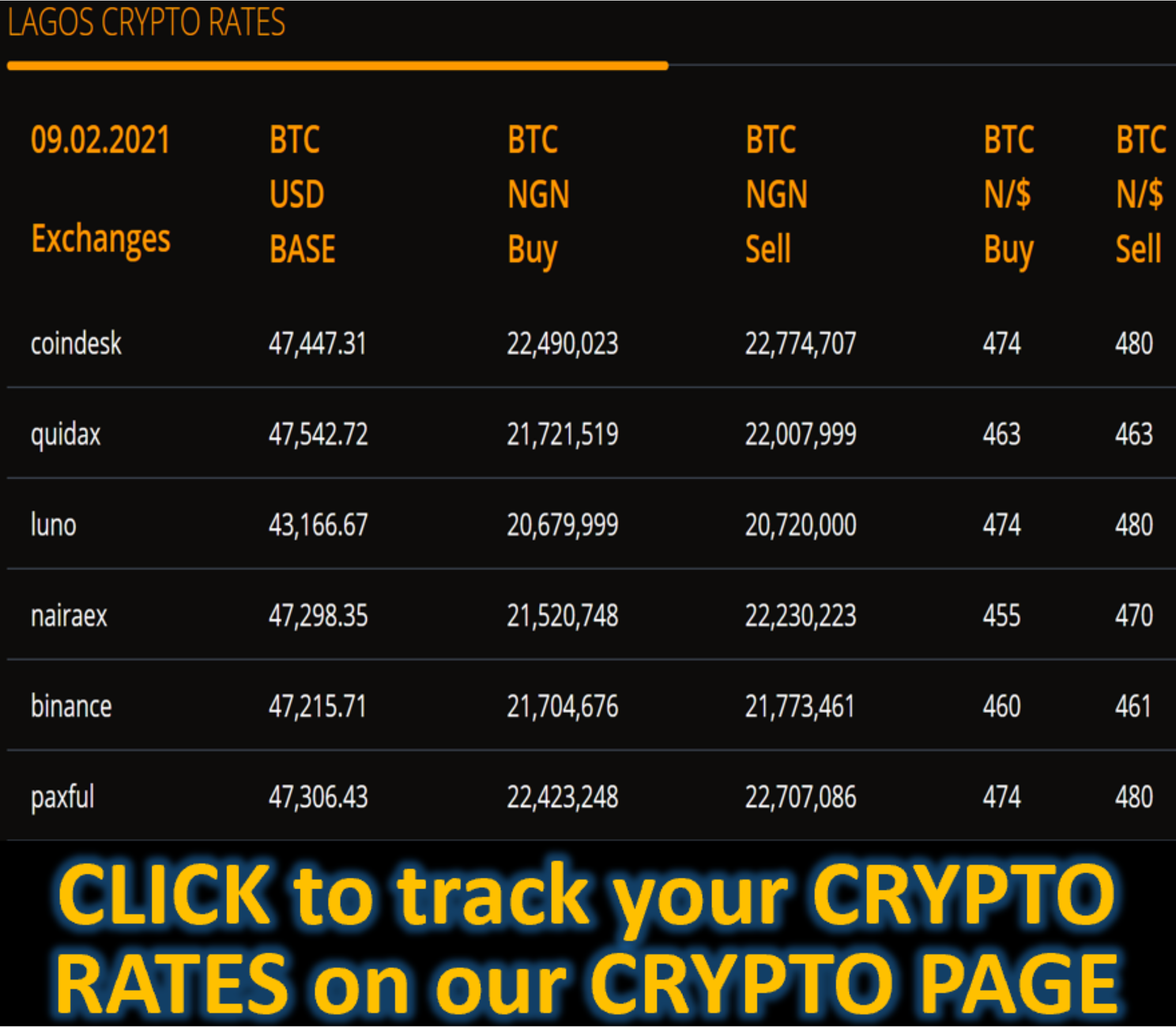Market News
Fear Is Coming Back to the Junk Bond Market - BLOOMBERG
(Bloomberg) -- Junk bond investors are getting more skittish about risk.
An index of CCC rated bonds in the US has dropped nearly 0.8% over the month ended Thursday, underperforming the broader high-yield market as investors increasingly avoid the riskiest debt. Distressed US dollar loans jumped to $71.8 billion at the end of October — the highest since President Donald Trump outlined his tariff policy in April.
Spreads between US investment-grade bonds and junk have widened over the last week, signaling that investors are favoring safer bonds instead of high-yield notes.
“There is a greater level of caution at the first whiff of potential problems right now,” said Steven Oh, global head of credit and fixed income at PineBridge Investments.

The junk bond market is hardly tanking. Spreads on the securities are still below their average for 2025. For much of the year, high-yield bond spreads have resisted the force of gravity, even as signs of potential trouble emerged. In July, investors were piling into CCC bonds, shrugging off a warning from Jamie Dimon, JPMorgan Chase & Co.’s chief executive officer, that credit spreads were “a little unnaturally low.”
In September, risk premiums on high-yield bonds came close to their lowest levels of the year, even after car parts maker First Brands Group, which had borrowed in the leveraged loan market, filed for bankruptcy amid allegations of fraud. Tricolor Holdings, a used car seller that had borrowed in the asset-backed market, also filed for bankruptcy that month amid fraud allegations.
The latest weakness in junk bonds is a sign that the debt won’t rally forever, particularly for the riskiest securities. Spreads on CCC debt widened about 27 basis points from Oct. 31 through Thursday, compared with 13 basis points on average for all high-yield debt, data compiled by Bloomberg shows. The extra compensation investors demand to hold blue-chip BBB rated bonds compared to more speculative BBs rose 11 basis points over that period.
Some market watchers point out that investors aren’t necessarily avoiding all CCC bonds, but rather credits that have been downgraded to CCC recently, and are on a downward trajectory.
The fact that investment-grade spreads are still close to historical levels of tightness — at 81 basis points as of Thursday’s close — and high-yield spreads aren’t, is a trend to watch, said Mike Schueller, senior portfolio manager at Allspring Global Investments. More consumer-related sectors within high-yield are weakening, like subprime lenders and retailers that cater to lower-end consumers, he added.









